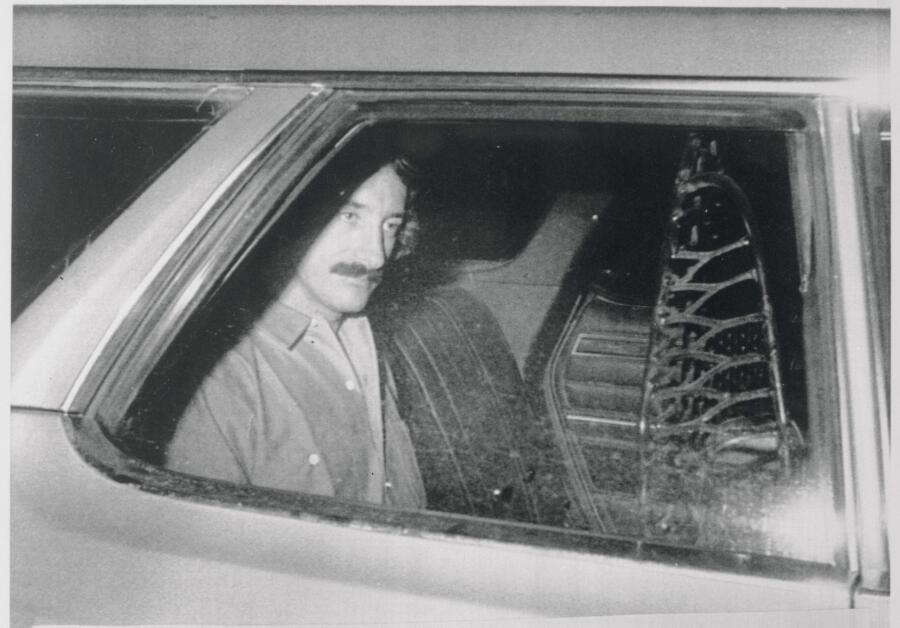Few names in forensic psychology carry as much weight as Ann Wolbert Burgess. A trailblazing forensic nurse and one of the FBI’s earliest collaborators in criminal profiling, Burgess brought something the Behavioral Science Unit (BSU) desperately needed—a deeper understanding of serial killers through the eyes of their victims.
Before the world knew what a “Mindhunter” was, Ann Wolbert Burgess was one, working side by side with agents in dark rooms, poring over crime scenes, interviewing predators, and reshaping criminal psychology forever.
When Killers Sent Christmas Cards
Burgess knew it was time to leave when serial killers began sending her Christmas cards—cards that mentioned her children by name.
For years, she worked with the BSU inside Quantico’s Behavioral Science Unit, sitting face-to-face with some of the most dangerous minds in history. But her power didn’t come from fearlessness—it came from insight.
“They were always focused on the offender,” Burgess explained. “But they needed to understand what the victim went through.”
That focus on victimology would transform the FBI’s approach to tracking serial killers.
Revolutionizing Profiling With Victimology
In the early days, FBI profilers relied heavily on crime scene patterns, ritualistic behavior, and forensic evidence. But Burgess introduced a game-changing element: understanding the emotional, physical, and behavioral impact on victims.
This shift didn’t just enhance profiling—it helped agents predict and identify offenders more accurately.
By analyzing trauma, injuries, and victim behavior, Burgess could deduce the killer’s mindset, motive, and level of control.
The Ski Mask Rapist: A Profile That Led to Capture
One of Burgess’s proudest cases involved Jon Barry Simonis, the so-called Ski Mask Rapist. While working with the BSU, the team predicted he would be driving a flashy car—a prediction that ultimately led to his arrest.
“They nailed it, even down to the car,” Burgess said, marveling at the power of psychological profiling when paired with local law enforcement.
The Serial Killers Who Still Haunt Her
Some cases never leave her. For Burgess, Henry Louis Wallace, the ‘Taco Bell Strangler,’ continues to haunt her thoughts. His ability to fly under the radar for so long, despite a clear pattern, exposed flaws in law enforcement’s coordination.
And then there’s Harvey Glatman, the ‘Lonely Hearts Killer,’ whose childhood mental health red flags were tragically dismissed.
“We’re still not doing enough to train professionals to spot these warning signs early,” she warned.
Could the Co-Ed Killer Have Been Stopped?
Ed Kemper, the Co-Ed Killer, murdered his grandparents at 15—yet was later released as “rehabilitated.”
“He shot his grandmother in the head,” Burgess said. “That doesn’t come from nowhere.”
She questions how such an obvious risk was ignored, arguing that understanding his violent fantasies could have prevented future killings.
A Case That Shattered Her: Melissa and Opal
The child murder case that haunts Burgess most involves 7-year-old Melissa A., abducted and killed by Brian Dugan.
Her friend Opal, just 8 years old, escaped but was initially dismissed by authorities as an unreliable witness. Burgess, however, believed in her.
“People say kids can’t tell you much. That’s not true at all.”
Opal provided critical information that led to a detailed composite sketch—a turning point in the investigation.
The Killer Hiding in Plain Sight: BTK
Dennis Rader, the BTK Killer, lived a seemingly normal life while hiding his “trophies” of murder in the same house where his family lived.
“It tells you how much people ignore what’s right in front of them,” Burgess noted. “Or maybe they just don’t clean very well.”
BTK’s double life remains one of the most chilling examples of how serial killers can blend in effortlessly.
Why She Opposes Executing Killers Too Soon
One of Burgess’s most controversial beliefs is that serial killers shouldn’t be executed right away.
“We lose critical intelligence when we kill them too soon.”
Her reasoning is practical: By keeping them alive, we can learn from their patterns, mistakes, and motivations—information that might prevent the next killer from striking.
A Career in the Shadows, A Legacy in the Light
In her memoir A Killer by Design, Burgess finally tells her story—uncensored, unfiltered, and unforgettable.
From sitting with psychopaths to reconstructing their crimes through victim accounts, Ann Wolbert Burgess gave the FBI a new weapon: empathy backed by science.
“Some questions may never have answers,” she admits. “And some nightmares never fade.”
Still, her courage and brilliance helped turn trauma into transformation—and forever altered how the criminal justice system investigates serial predators.
Frequently Asked Questions
Who is Ann Wolbert Burgess?
She’s a pioneering forensic nurse and criminal profiler who worked with the FBI’s Behavioral Science Unit, contributing to their early serial killer profiling efforts.
What is her connection to the FBI?
Burgess collaborated with agents to develop profiling techniques, focusing on victimology to better understand offender behavior.
Did Ann Wolbert Burgess help solve actual cases?
Yes, including assisting in capturing serial rapists and contributing to high-profile cases like the BTK Killer and the Ski Mask Rapist.
What is her memoir called?
A Killer by Design: Murderers, Mindhunters, and My Quest to Decipher the Criminal Mind.
Why did serial killers send her letters?
Due to her work interviewing and analyzing them, some killers developed parasocial or threatening attachments, even knowing personal details about her family.
Does she support the death penalty for serial killers?
She argues for delaying execution to gather more insight and confessions that may help prevent future crimes.

